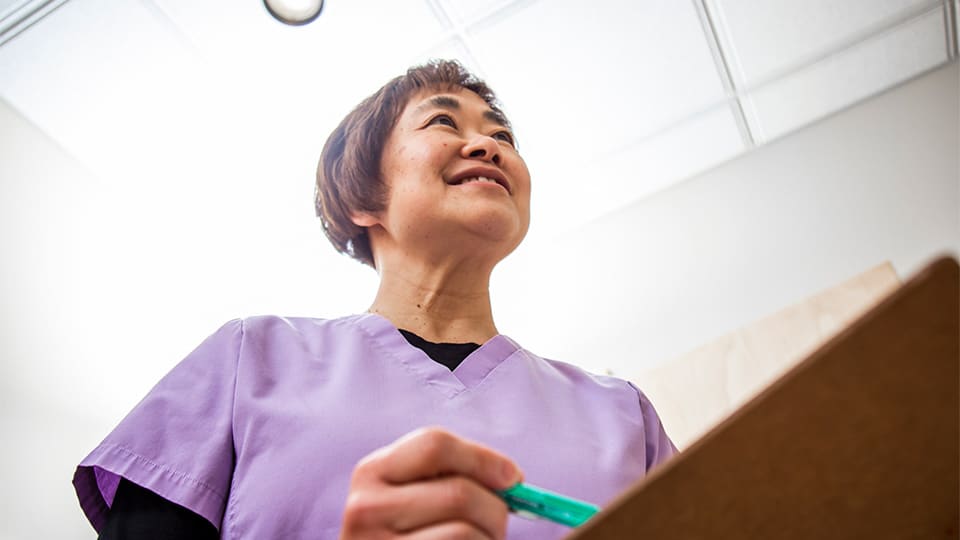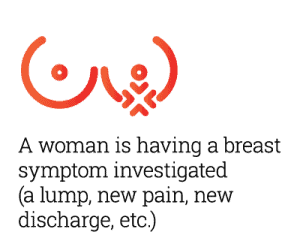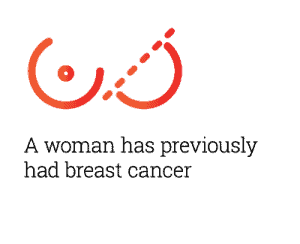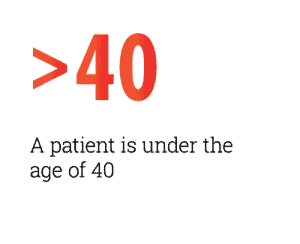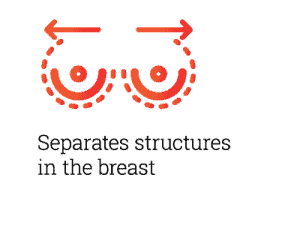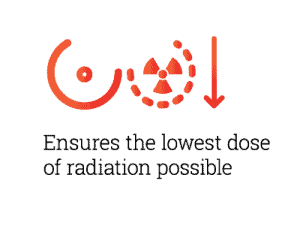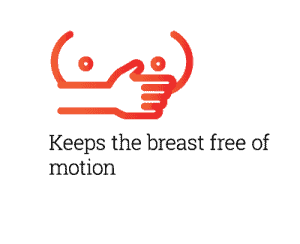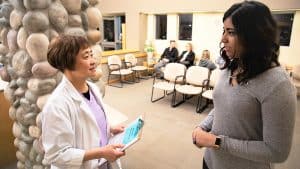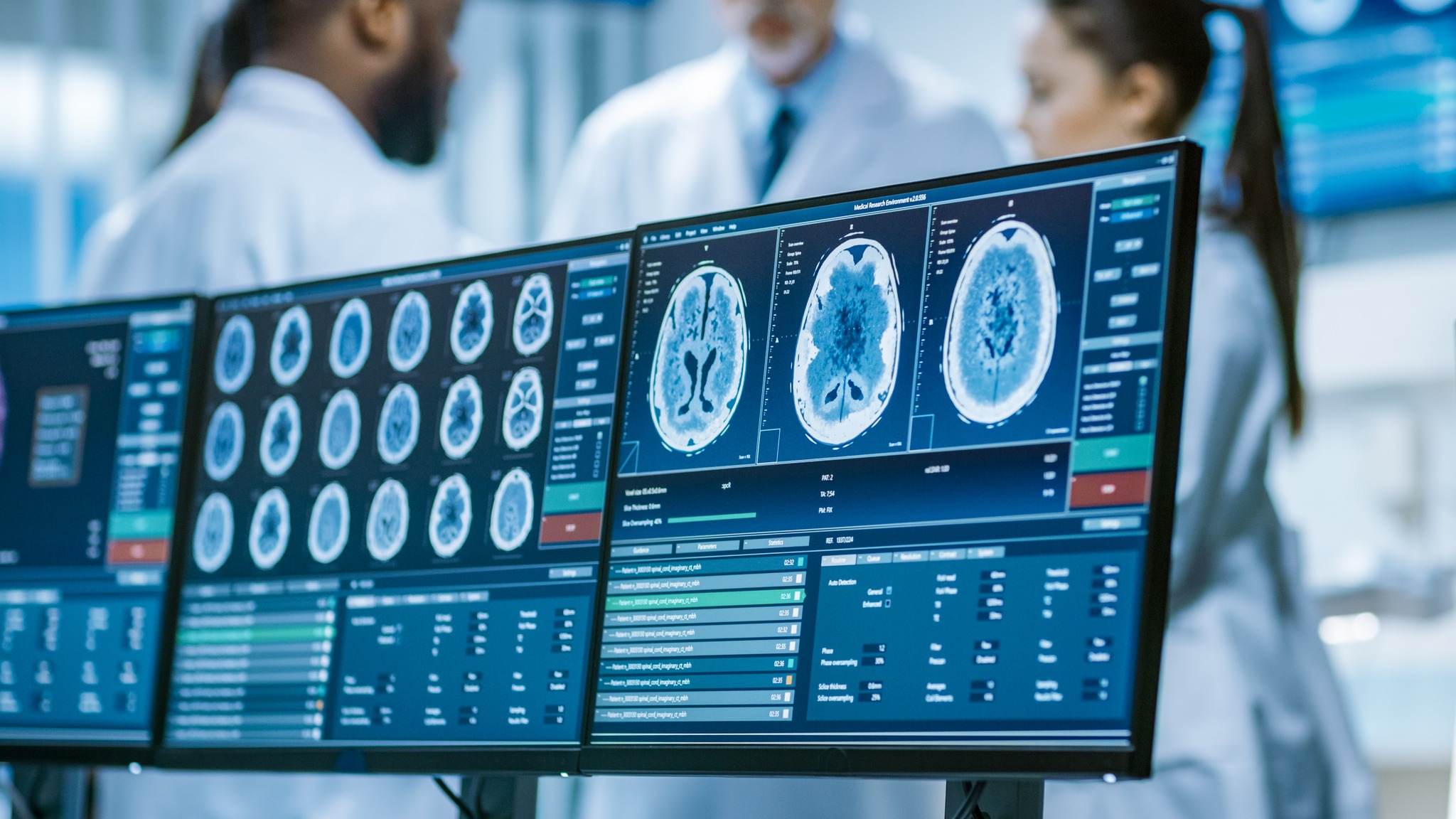Mammography at CAMIS
Mammograms are essential in detecting and diagnosing breast cancer. Early detection is important to discover any breast issues when they are the most treatable. We understand that any medical appointment can be disconcerting and want you to feel as confident and ready for your appointment as possible. We have answered some commonly asked questions so that your mind can be at ease when you have your mammogram.
At what age should I get my first mammography?
This is a conversation that every woman needs to have with her doctor. Women can start having screening mammograms at 40, but age is only part of it. There are several factors that play a role in determining when a woman should get a mammogram: Family and personal cancer history, any changes to the breasts or additional concerns that a woman may have. At age 40, a woman must have an initial referral into the screening program by her doctor, but at age 45 she can self-refer and call for an appointment.
Is it painful?
Some women experience discomfort during their mammogram, however this is not the case for all. The experience is unique for every woman. Technologists are trained to work with their patients to find a level of compression that is tolerable for the patient and that will result in diagnostic images.
Is it covered under Alberta Health Care?
Yes, Mammography is covered by Alberta Health Care.
What is Screening Mammography?
Screening mammography is breast imaging (a mammogram) in asymptomatic women over the age of 40, to aid in the early detection of breast cancer.
What is Diagnostic Mammography?
A diagnostic mammogram involves a woman having a mammogram to resolve a symptom or to follow an abnormality.
Diagnostic mammography is used when:
How does breast density factor into my mammogram?
Dense breasts are very common. On average, about 40% of women undergoing mammography will have dense breasts. Dense breast tissue can make it more difficult for the radiologist to detect an abnormality on a mammogram and if your mammogram shows that you have dense breast tissue, you may need supplementary views and/or a screening breast ultrasound.
Why do I need to be “squished”?
Compression is used for three reasons:
Why can’t I have a breast ultrasound instead?
Mammograms are a good screening test, meaning that they offer the most information for people who do not have symptoms or breast problems. They are a relatively inexpensive test and are widely accessible. Screening breast ultrasounds are not as effective as screening mammograms for several reasons. They are unable to image the entire breast at once, they cannot image areas deep in the breast very well, and do not detect microcalcifications well. A breast ultrasound is usually done after a mammogram reveals a suspicious area or density in a breast. A breast ultrasound is good at distinguishing a benign fluid-filled cyst from a solid mass in the breast and thus is valuable in the evaluation of palpable lumps. It is not uncommon for people who have a palpable lump (especially lumps near the surface of the breast) to have a normal mammogram. In a case such as this, a breast ultrasound may detect breast cancer better than a mammogram and would be considered a diagnostic breast ultrasound rather than screening.
Screening breast ultrasound is a supplemental screening exam; it does not replace mammography. Many studies have shown that screening breast ultrasound combined with screening mammography in women with dense breasts significantly improves cancer detection (by 15-20 %) when compared to mammography alone. This is most significant in the extremely dense breasts. Due to the high sensitivity of screening mammography in non-dense breasts, screening breast ultrasound is not recommended in these patients.
Why is the technologist not telling me the results?
The job of a technologist is to take excellent images to ensure that the radiologist who looks at them, has all of the necessary information to make a diagnosis. Technologists do not “read” mammograms. While it is true that many abnormalities are obvious on a mammogram, it is up to a radiologist to make the call.
Why am I being called back?
About 10% of women undergoing screening mammography will be called back for additional imaging. When a patient is called back after a baseline mammo (first time) it typically means that the breasts look different from one another, and as there is no basis for comparison a closer look (more images or ultrasound) is necessary. If it is not a baseline exam, it means that the radiologist is questioning a change from the last mammogram that requires further clarification.
Why do I need a biopsy?
If the radiologist has a concern with something seen on a mammogram that cannot be resolved with additional mammography views or breast ultrasound, a tissue sample may be necessary to rule out breast cancer.
What is tomosynthesis?
Digital breast tomosynthesis (DBT) is also referred to as 3D mammography, and is an advanced form of breast imaging, or mammography. DBT uses low-dose x-rays and computer reconstructions to create three-dimensional images of the breasts.
How can I be sure the technologist and radiologist are qualified to perform my mammogram?
In Canada, mammography is overseen by the Canadian Association of Radiologists through an accreditation process (SMP). This rigorous accreditation program ensures proper training, ongoing education, and minimum numbers of cases for both radiologists and technologists. Each of the mammography rooms at CAMIS undergoes this process every 3 years, and there is a visible certificate for each room.
Choosing CAMIS
At CAMIS, we want to ensure that you feel as comfortable as possible going into any appointment with us. If you have further questions or concerns, please call our Mammography Manager at 587.797.3945
For additional information regarding Mammography, visit our mammography service page. If you are ready to book your appointment, you can contact us directly or book online here.
